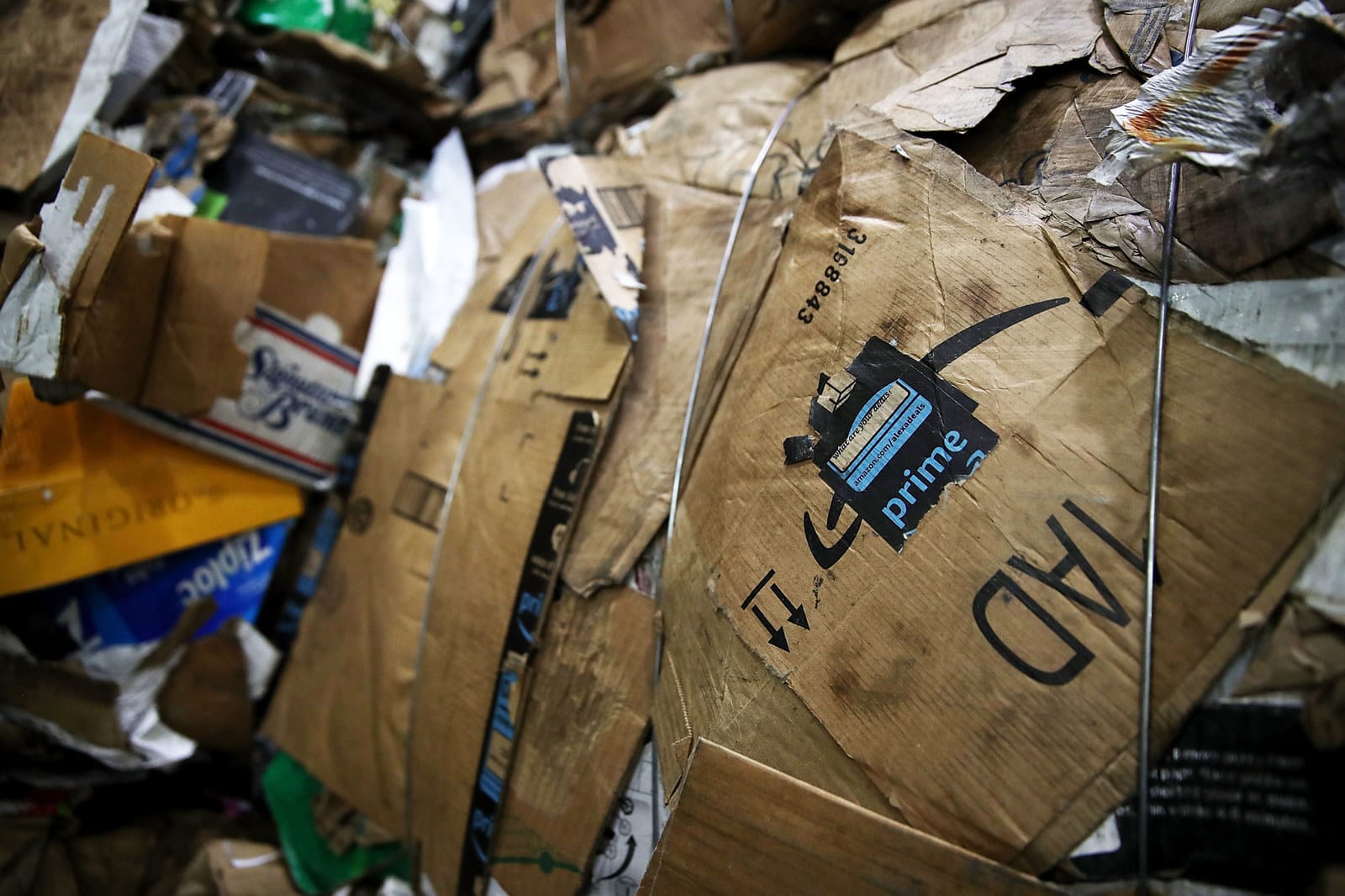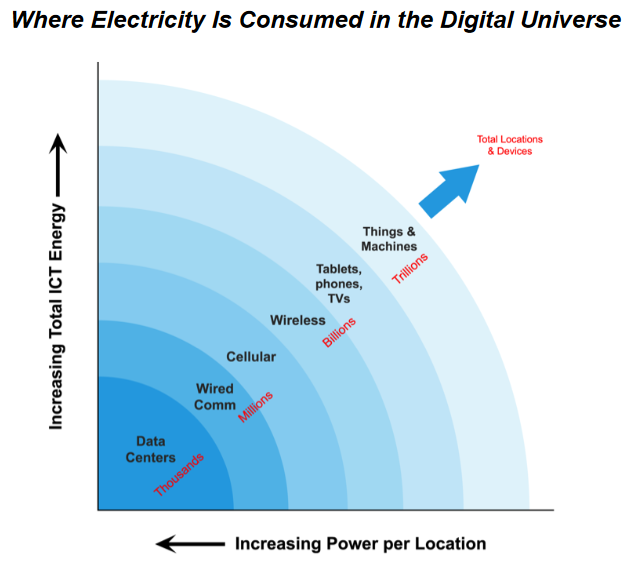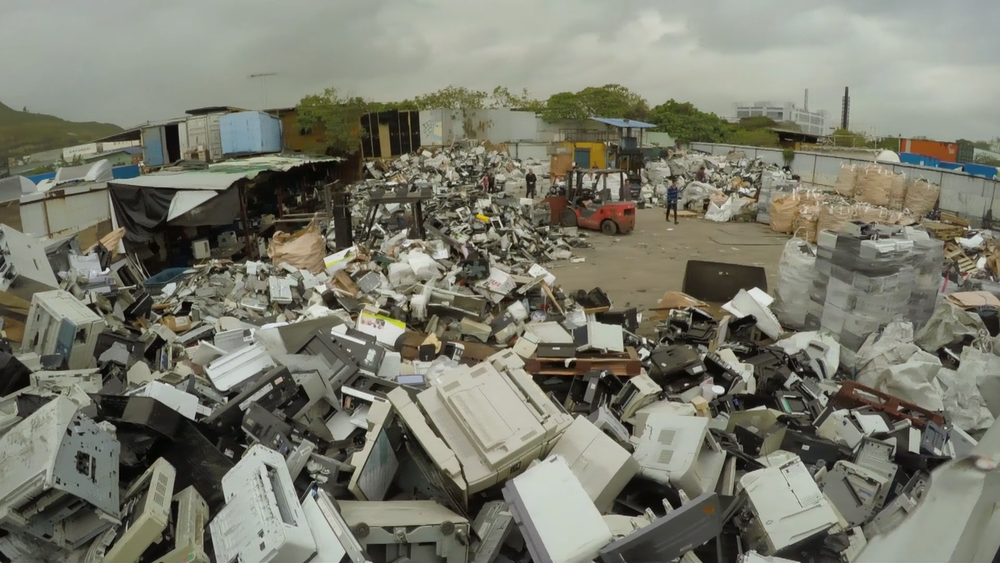The Hidden Environmental Cost of Amazon Prime’s Free, Fast Shipping
Amazon has changed the way Americans shop. This year, the e-commerce giant said its annual Prime Day sale was “the biggest shopping event in Amazon history.” During the 36-hour event, people bought over 100 million products, crashed the website, and signed up for more Prime memberships than ever before. The behavior is indicative of the buying culture Amazon created. The company’s ease, speed, and savings — underscored by killer perks like free, expedited shipping and simple returns — has encouraged more people to shop online, more often.
But these free benefits come with a hidden environmental cost that doesn’t show up on the checkout page, experts say. Expedited shipping means your packages may not be as consolidated as they could be, leading to more cars and trucks required to deliver them, and an increase in packaging waste, which researchers have found is adding more congestion to our cities, pollutants to our air, and cardboard to our landfills.
“People are consuming more. There’s more demand created by the availability of these cheap products and cheap delivery options.”



